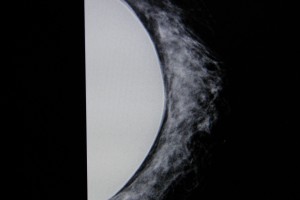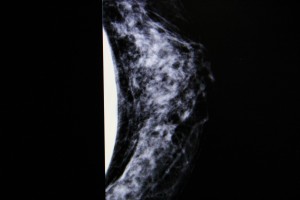

For women who have undergone a breast augmentation who are now over the age of forty, or will be in the next few years, I wanted to keep you up to date on the most current American College of Radiology (ACR) Guidelines (revised 2013) on screening and diagnostic mammography. The guidelines provided by the ACR are an educational tool, and are not inflexible rules or requirements. The goal of mammography is the detection, characterization, and evaluation of findings suggestive of breast cancer. Annual screening mammography is currently the only imaging technique that has been proven to significantly reduce breast cancer mortality. Women with a history of breast augmentation should continue to follow the American Cancer Society guidelines, and should proactive about their breast health.
Indications:
Screening Mammography for Women with Breast Augmentation:
- Asymptomatic women with breast implants annually for women over the age of 40
- Facilities must have procedures in place to inquire whether the patient has breast implants before the mammogram is performed
- If a facility does not provide implant imaging services, it should refer the patient to other facilities that provide such services
The exam should include:
Evaluation of the augmented breast, whether done as a screening or a diagnostic examination, should include, when possible, standard views (MLO, CC) as well as implant displaced views in 2 projections.
Modern breast implants are designed to withstand considerable pressure, up to 1200 lbs. of force. The standard mammogram produces only about 32 lbs of force. Despite this fact, injuries to the capsule surrounding an implant or muscle have been reported after mammography. For this reason, it is important that patients be aware that although all views are recommended, procedures that are extremely painful or difficult to complete should be halted until a radiologist has been advised, to prevent unnecessary damage to the implant, implant capsule, or overlying muscle.
Women should continue to schedule your yearly breast implant follow-up appointments and annual mammography as recommended by the ACR and the American Cancer Society.






